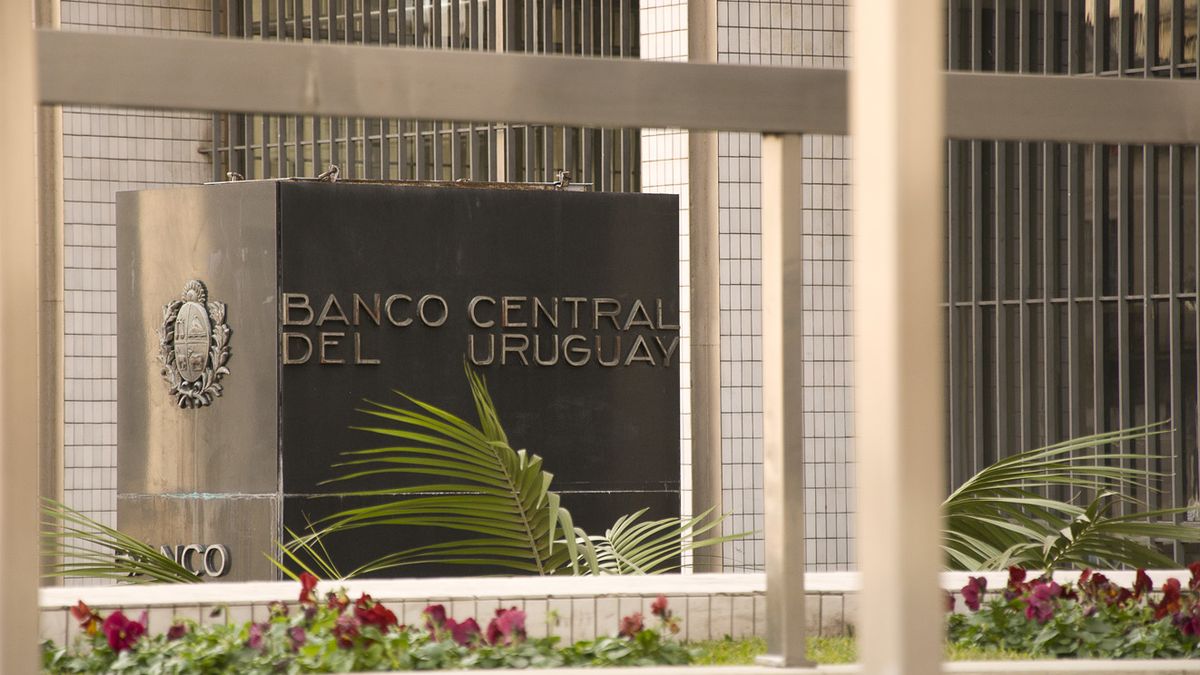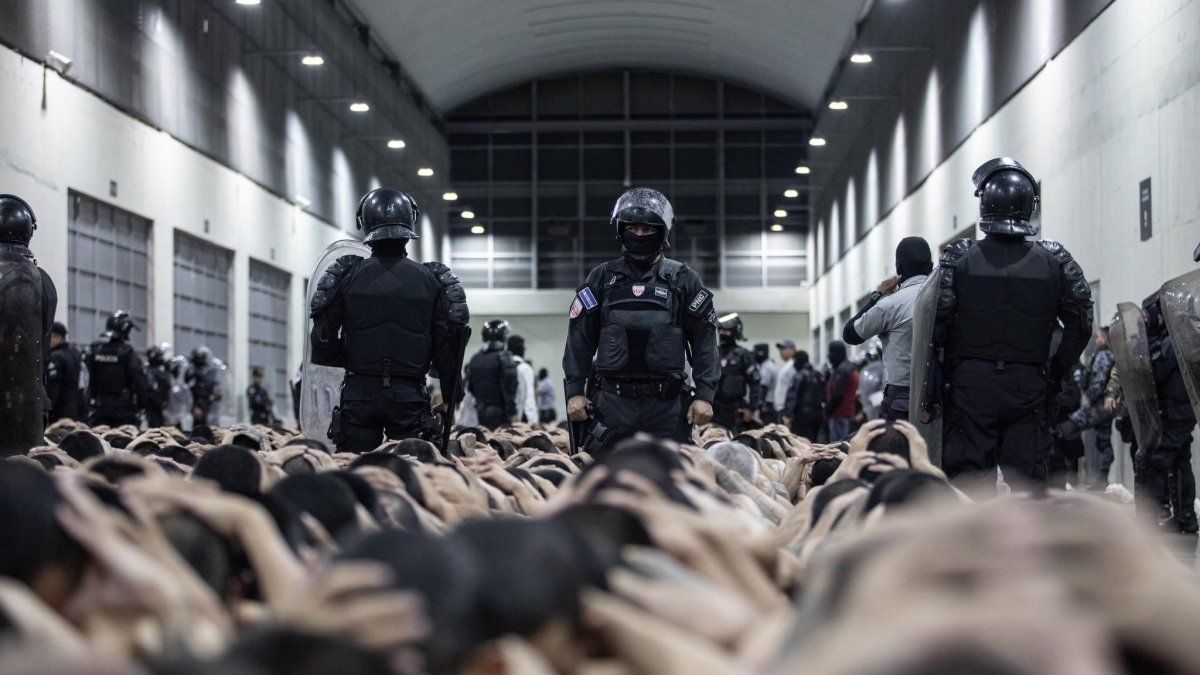The situation of the banks “remains stable”, as indicated by the 2022 Financial System Report of the Central Bank of Uruguay (BCU)so there is peace of mind in the event of a crisis that may affect the country.
While the BCU keeps an eye on the Argentine economy and its currency that suffers from the market, without being a total concern, it also monitors the situation of local banks, as usual.
The hypothesis of a crisis, especially in an interconnected world system, always makes the banks of the smallest countries tremble, which can easily be dragged down by the collapse of the international economies. For this reason, the BCU carries out stress tests on the balance sheets of the country’s banking entities, through the Superintendence of Financial Services (SSF)to determine the status of each one.
In that sense, the result of the general banking system was that it remains stablewith solid levels of capital and liquidity, and levels of credits and deposits greater than the period of the pre-pandemic of Covid-19.
analysis in the face of adversity
The stress tests are carried out assuming scenarios with different levels of adversitywhich are summarized in an adverse scenario and another of crisis, as was the case, for example, in 2002. In the first case, the hypothesis took an 8.13% rise in the dollar, an international interest rate of 5.47 %, a country risk at 474 basic points, inflation at 9.92% and the unemployment rate at 11.65%.
While the strongly adverse scenario assumes a 35% jump in the dollar, the international interest rate at 6.7%, a country risk of 1,000 basic points, inflation at 12% and the unemployment rate at 17%.
Banking regulations currently require a minimum capital for market risk which is divided into exchange rate risk and interest rate risk of the securities portfolio. In this way, in the face of the least adversity, capital solvency, measured as the ratio between regulatory capital and risk-weighted assets, would drop from 17.2% to 17%. And before the major crisis, the ratio between regulatory capital and risk-weighted assets would fall from 17.2% to 8.1%.
According to the BCU, and with these results in hand, “The banking system is in a position to withstand macroeconomic changes in an adverse scenario and in a strongly adverse one”in both cases “maintaining capital levels in accordance with current regulations.”
Source: Ambito




